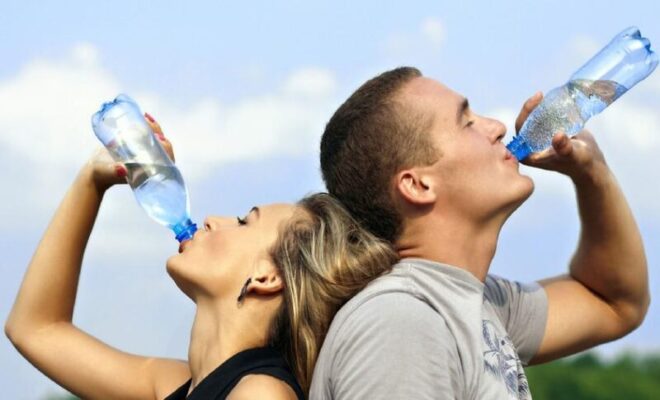
8 Ways to Purify Drinking Water
Last updated on June 23rd, 2022 at 04:25 am
Pure and clean water is essential for health. However, most of the water available is contaminated and not fit for drinking purposes. We need clean water to maintain our health and purify our bodies. Clean water is required to flush out toxins from our bodies.
The most popular method to purify water nowadays is to use a water purifier device in households and workplaces. There are many brands that manufacture water purifier devices. But using these devices is not the only way to purify water.
There are many other methods available that you can use to get clean and pure water for drinking. Let us know about all the methods of purifying drinking water for use in households.
Boiling
The easiest and convenient way to purify water is to boil it for a long time. High temperatures cause bacteria and viruses to dissolve and remove all contaminants from the water. There are also no more chemical additives in the water. However, dead microorganisms and contaminants settle to the bottom of the water, and boiling does not help to remove all contaminants. You have to pass the water through a microporous sieve to completely remove the contaminants.
Addition of iodine
Iodine is a red-colored chemical available in the form of a tablet or liquid. It is extremely powerful in killing bacteria and viruses present in the water. However, it adds an unpleasant taste and can be fatal if taken in large doses. Therefore, it should only be used when you do not have access to a better cleaning method, such as an electric water purifier.
Chlorination
Liquid household chlorine can be easily used to condition water before consumption. Always keep an eye on the chlorine concentration used with the right amount of water. Never exceed the amount of water to be treated, as using access chlorine can lead to digestion problems and other health issues. The only disadvantage of this method is that it leaves you with a very strange smell and a bitter taste.
Distillation
This method is scientifically proven and very effective in treating water. This heats the water to a lower boiling point and collects pure vapors that are free of impurities. These vapors are condensed in a condenser, and the water, in turn, is used for consumption. It may seem like an authentic process, but it deals mainly with bacteria and germs, and it is also an inexpensive process.
Ozonation
The most important part of our chemical-free disinfection is ozonation. The ozonation depends on oxygen to ensure that our purified water remains free of possible microbiological contamination.
The ozonation process captures the oxygen molecules (O2) present in water and makes them pass through a chamber where they are exposed to high voltage electric charge. (This type of ozone generation is called cold plasma discharge.) Electricity causes the oxygen molecule to divide and recombine in a more energetic form known as ozone (O3). This ozone is then circulated continuously in the purified water.
Water purifier
You probably know these types of cleaning products as being present in most of our homes. Using the right air purifier at home would have a direct impact on our health. There are several cleaning products on the market, and we encourage you to choose the most suitable RO cleaning products for your home.
Water purifiers remove dissolved contaminants, such as bacteria and other pathogens, from the water, protecting you and your family from water-borne diseases. Purified water does not lose its natural taste and smell, which guarantees that the water is 100% potable.
There are several types of water purifiers on the market today, such as RO water purifiers, UV water purifiers, gravity water purifiers, etc. Cooeewater is a company in Australia that offers a wide range of water purifiers, filters, and water coolers in Sunshine Coast, Queensland. If you want purified water at Sunshine Coast, you can buy a water purifier or filter from them.
UV cleaning
During this cleaning process, the water is exposed to ultraviolet light and destroys the DNA of the microorganism or bacteria so that it does not multiply. However, this process fails when it comes to removing heavy metals and physical contaminants from water.
Solar heating
An alternative to UV filtration is sun cleaning, in which water is treated with ultraviolet solar radiation. A plastic bottle is filled with water, shaken to activate oxygen, and left horizontally in the sun. This effectively kills bacteria and viruses in the water and makes it safe for consumption.
Final Words
These were the methods for purifying drinking water. Not all the methods are used today, as some of them required time and effort. Nowadays, the most preferred ways to purify water are RO and UV purification methods, as they are easily available in the form of devices offered by many brands.
Read Dive is a leading technology blog focusing on different domains like Blockchain, AI, Chatbot, Fintech, Health Tech, Software Development and Testing. For guest blogging, please feel free to contact at readdive@gmail.com.
